Triggers For Atopic Dermatitis Flare-Ups
Atopicdermatitis is a form of eczema that typically begins before an individual is five years old. It causes itchy rashes in skin folds and areas such as the face, hands, arms, feet, and ankles. Patients can also develop open sores, cracked skin, scaly patches, and itching to introduce bacteria that might produce a skin infection. Symptoms can persist into adulthood. Patients with this condition have flare-ups interspersed with periods of remission.
Individuals typically work with a dermatologist to develop an atopic dermatitis treatment plan. Some patients will need atopic dermatitis medication, such as biologics and immunosuppressants. Other options for treating this condition are topical medications and antibiotics for atopic dermatitis and skin infections. Atopic dermatitis natural treatment options may include wet wrap therapy, light therapy, and soothing creams. However, patients should start with avoiding triggers for atopic dermatitis as part of their treatment.
Perfume And Makeup

Patients with atopic dermatitis might experience a flare-up after applying certain types of perfume and makeup. These cosmetics typically contain dyes, parabens, and petroleum-based ingredients that could cause skin redness, irritation, and dryness. Fragrances can be particularly problematic for atopic dermatitis patients, as they can contain more than one hundred ingredients, many of which are not disclosed by the manufacturers. Fragrances cause between thirty to forty-five percent of the reported reactions to cosmetic products.
To reduce the risk of a flare-up when using perfume, patients may want to consider purchasing a fragrance that contains as few ingredients as possible or one marketed towards individuals with sensitive skin. It can be helpful to spray perfume on clothing instead of spreading it directly onto the skin. Patients with atopic dermatitis should perform a patch test before using any fragrance. In terms of makeup, using organic products free from synthetic dyes and artificial preservatives may help. For example, some lipsticks and eyeshadows are now pigmented with fruit dyes, which could provide a safer alternative for atopic dermatitis.
Certain Fabrics
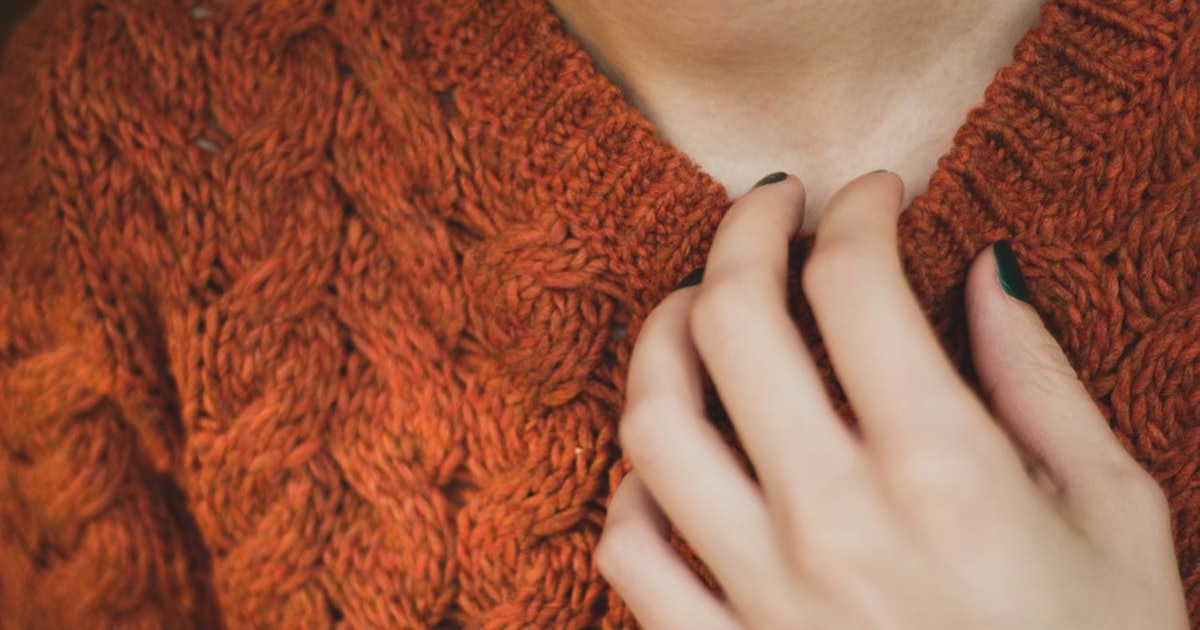
Since atopic dermatitis damages the skin's surface, patients with this condition may find they are more susceptible to irritation from certain fabrics used in clothing or bedding. For example, wearing itchy fabrics like wool can cause patients to begin scratching the skin, which could trigger a flare-up that includes open sores, skin weeping, and cracking. Patients may also be sensitive to other fabrics, including synthetic materials such as rayon, polyester, nylon, spandex, and acrylic. Thus, doctors suggest patients avoid these fabrics altogether.
Since every patient is different, finding fabrics that do not irritate requires a bit of experimentation. Generally, materials such as cotton and silk are less likely to cause skin irritation for atopic dermatitis patients. However, some patients find cotton creates friction on their skin, and some cotton is dyed with a potentially irritating chemical. While silk is a natural fabric, it contains a sericin protein that could cause some allergies for patients who cannot tolerate sericin. A type of silk known as Dermasilk could be beneficial. Dermasilk is a loosely knitted fabric specifically treated to remove the sericin, and an antimicrobial agent is bonded to the material. Patients with this condition may want to keep a journal of fabrics they have tried, noting any irritation that occurs.
Some Soaps and Detergents
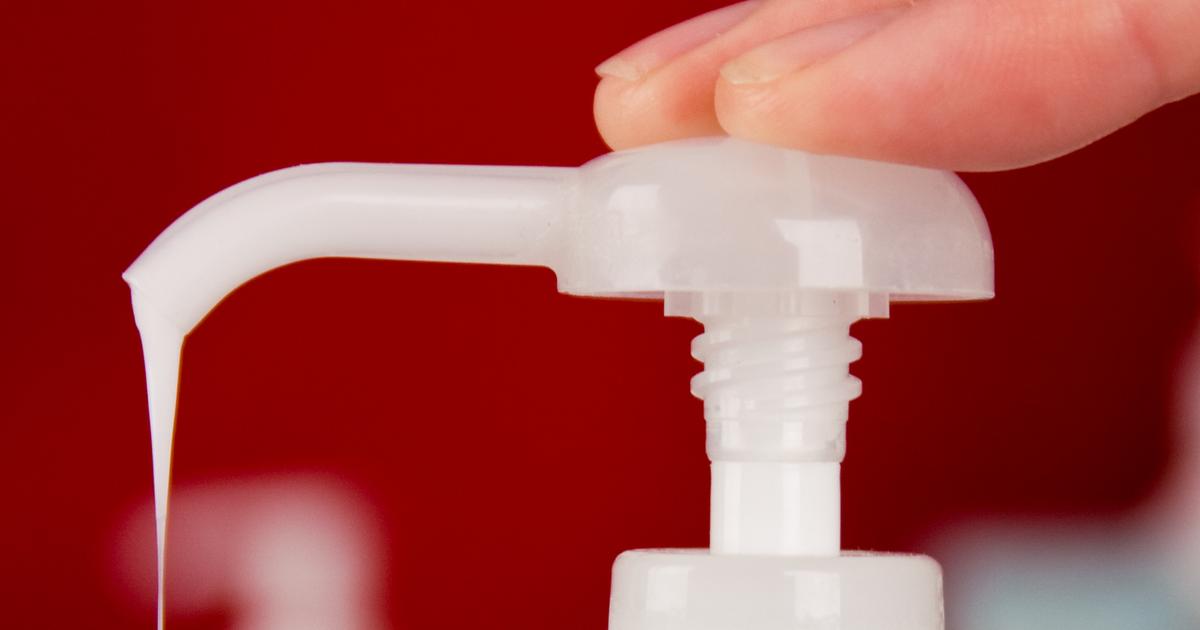
Some soaps and detergents may be incredibly irritating for patients with atopic dermatitis. Many soaps strip away the skin's natural oils, resulting in severe dryness. They may also contain chemicals such as formaldehyde, sulfates, and parabens, all of which could dry out the skin or cause itching and redness. When selecting soap for use in the bathtub, dermatologists recommend avoiding bubble baths, which may contain fragrance, and choosing a cleanser with colloidal oatmeal or other ingredients to help heal and protect the skin's surface.
Some laundry detergents contain synthetic fragrances, and they could also have bleach and other cleaning agents that are very harsh on the skin. Ideally, patients with atopic dermatitis should choose a laundry detergent designed for sensitive skin, free of any fragrances or dyes. Liquid detergents leave less residue than powder detergents do, and liquid fabric softeners are recommended. Giving clothes a second rinse in the washer can help remove more of the residue detergents may leave behind, reducing the risk of irritation.
Stress

Although stress does not cause atopic dermatitis, patients with this condition could experience flare-ups during incredibly stressful times. For example, itching and redness may be worse when a patient is under stress. The process of treating the outbreaks with medication, bandages, and other treatments could be time-consuming and further increase a patient's anxiety, creating a vicious cycle. To reduce symptom severity during stressful periods, doctors recommend patients engage in stress management strategies.
Reading a book, watching a movie, or chatting with friends could help distract patients from the itching and irritation they are experiencing. These activities could reduce the urge to scratch, giving the inflammation time to calm. Since itching is often worse at night, creating a nighttime routine for stress relief and healthy sleep could be beneficial. Patients may want to take a short bath, apply moisturizer and any prescribed medicated creams, and listen to soothing music in a dimly lit room for half an hour before going to bed.
Pollen
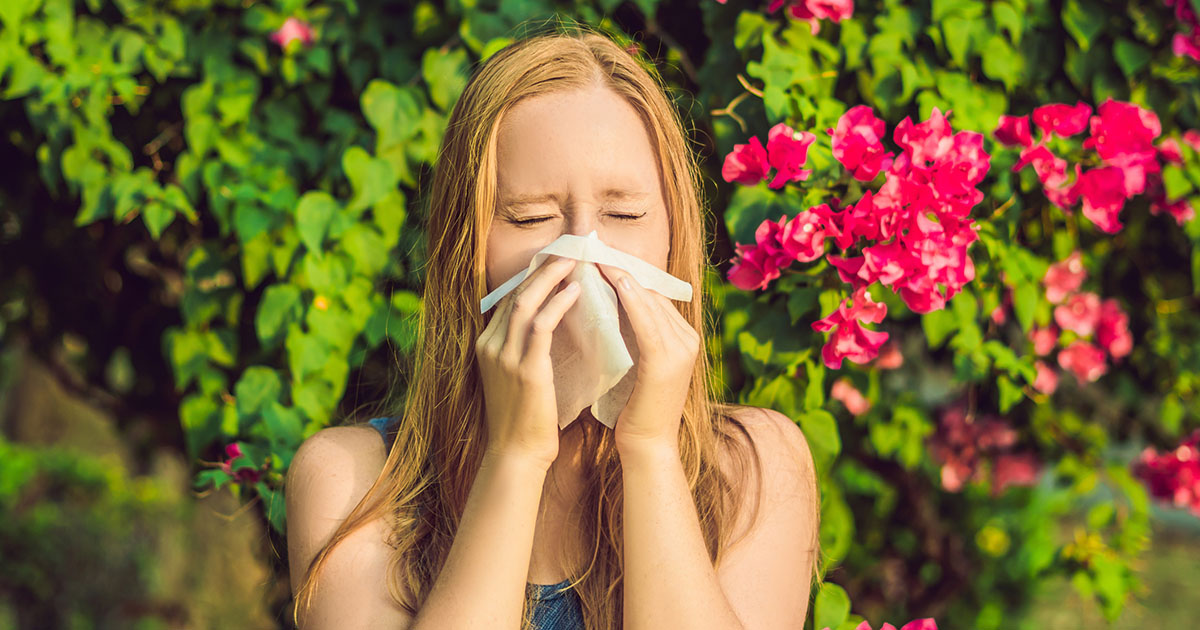
Many patients with atopic dermatitis also have allergies to pollen. More than fifty percent of children with atopic dermatitis will develop hay fever, an allergy to pollen and dust mites when they are thirteen years old. To cope with pollen allergies, patients with atopic dermatitis may want to consider having immunotherapy (either injections or pills) for their allergies. Using air conditioning in the home can reduce sweating and itching, and patients might want to shower and wash their hair in the evenings. Clothing that has been worn outdoors should not be brought into the patient's bedroom until it has been cleaned, and any equipment used outdoors should be stored in an outdoor shed or similar area.
Hot Water
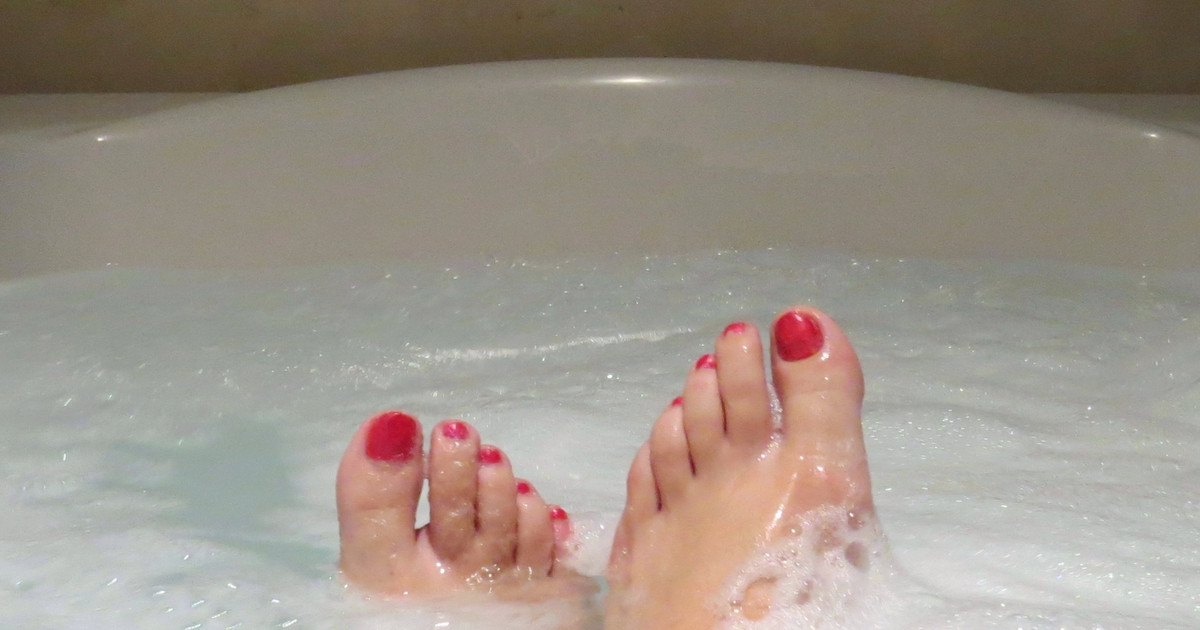
Hot water may be another enemy for those suffering from atopic dermatitis. Even though a hot bath can be relaxing, it can make the natural skin oils break down, especially if individuals include perfumed soaps or other beauty products in their daily routine. In addition, dermatologists and skin specialists claim that near scalding temperatures of water worsen eczema symptoms since it dries out the skin. If someone suffers from terrible dermatitis, they could try soaking their skin in cool or warm water for ten or fifteen minutes instead, followed by a hypoallergenic hydrating gel or cream to seal in moisture. They can incorporate after shower ointments, creams, or lotions, particularly those containing mostly natural ingredients or specifically targeted to sensitive skin. Everybody loves taking a hot steamy relaxing shower, but the best option is to keep the water at a reasonable temperature to protect the skin. Some suggest adding colloidal oatmeal products to the bathwater since it creates a layer that keeps irritants out.
Dust And Sand

Many experts claim that dust and sand can contribute to a dermatitis flare-up. These substances act as skin irritants or allergens and cause the skin to develop a rash, redness, inflammation, itchiness, or any symptom associated with the condition. At home, particularly in those dusty areas, it is recommended to use a humidifier. A humidifier's primary function is to prevent dryness by moisturizing the air, and it is not only suitable for skin dryness but also lips, nose, and throat discomfort. Another way of avoiding flare-ups is to keep all surfaces of common areas an individual inhabits clean and free of dust. Stuffed animals, cushions, and carpets may also accumulate dust, so they need to be washed often or avoided altogether.
Even though sand can irritate an individual's skin, it also works as a natural exfoliant for dry, scaly skin. If individuals plan to go to the beach, they should try to keep their skin clean and moisturized at all times, mostly after swimming in salty water and being exposed to the sunlight. They should always protect their skin from sun rays by using sunscreen and covering the skin with ultraviolet blocking clothes. Individuals with sensitive skin can also develop an allergy to sunlight, so they should be extra careful with that as well.
Cleaning Supplies
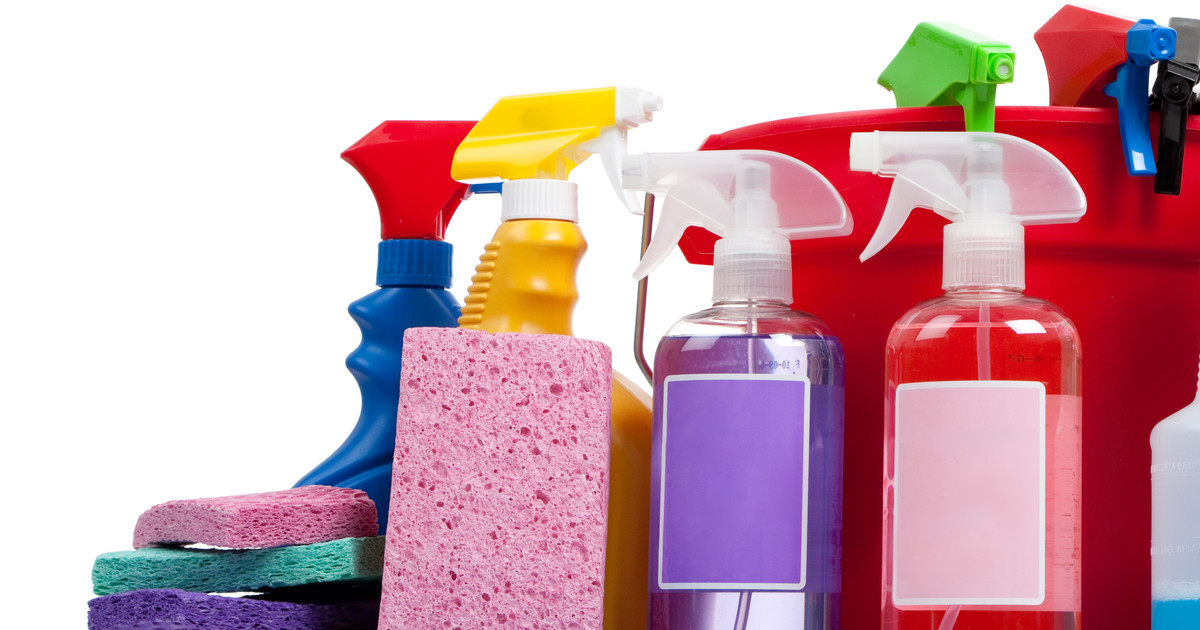
The most common form of dermatitis associated with cleaning supplies and chemicals is contact dermatitis, though many also experience repeated atopic dermatitis. Most professional cleaners or people who have jobs where they often use detergents or harsh soaps may suffer from the condition. It is characterized by causing redness and swelling in the fingertips and scaling, itch, or fissured skin. Patients can prevent flare-ups by performing a patch test or biopsies on the rashes to determine the cause of the allergy or by wearing protective gloves while doing daily tasks that involved putting their hands in direct contact with irritants. The most common damaging agents are sodium hydroxide, chlorine, perchloroethylene, phthalates, and triclosan. The great majority of these are present in dishwashing detergents, spot removers, fragranced household products, and multipurpose cleaners. Most dermatologists will recommend using products that contain the least amount of potential allergens.
Food Allergens

Specific food allergens may lead to an exacerbation of symptoms in patients with allergic and atopic dermatitis. The most common culprits are eggs, peanuts, wheat, milk, soy, and fish, but there are many more. The best way of improving flare-ups is by avoiding specific dietary allergens. However, parents should not stop giving them foods that might be suspected of causing eczema when it comes to children. Instead, they need to talk to a pediatrician or dermatologist first to help them find safe alternatives and create well-rounded dietary plans. Some of the atopic dermatitis symptoms caused by a food allergen are the formation of tiny bumps that can ooze and crust over increased redness, dryness, swelling, and itching that tends to worsen at night. Bear in mind that these symptoms may appear immediately after eating an offending food or even many days later.
Overheating During Exercise

Perspiration is a natural defense mechanism our body has to reduce its overall temperature. However, since human sweat contains traces of cadmium, copper, zinc, iron, nickel, lead, manganese, chloride, and sodium, it can worsen a patient's atopic dermatitis. This is particularly the case in certain areas, such as inside of the elbows, around the neck, or in the back of the knees, where moisture tends to accumulate the most. Temperature itself can be another irritant. Consequently, when exercising, individuals should try wearing loose one hundred percent cotton clothes. After the exercise routine, they should shower or rinse off with fresh water and change their outfit. They should always remember to carry an extra bottle of water to the gym, one to rinse the sweat off and the other one to rehydrate after sweating excessively.